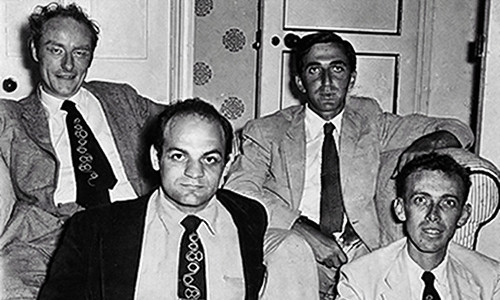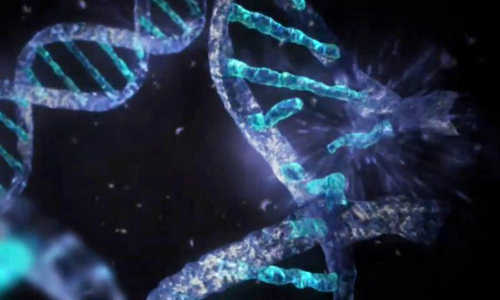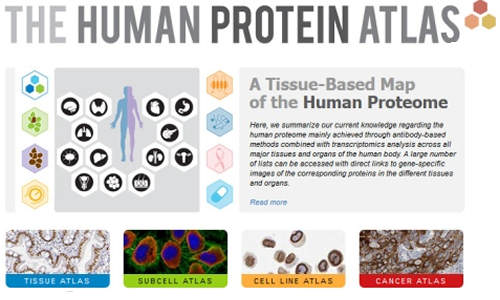DNA makes RNA makes protein. In retrospect, it couldn’t be clearer. But to Alexander Rich and the other pioneers trying to figure out RNA structure and protein synthesis in the low-tech 1950s and ’60s, nothing was obvious.
Rich, the William Thompson Sedgwick Professor of Biophysics, gave the 2002 Christmas lecture Monday in the History of Molecular Biology Series.
Fifty years ago as a postdoctoral fellow in Linus Pauling’s laboratory, Rich followed his mentor’s directive to “have a look at DNA.” Watson and Crick’s paper showing the DNA double helix came out shortly after, so Rich turned his attention to RNA. What followed was a wild ride through false steps, persistent misinformation and dead ends as researchers tried to reverse engineer the beginnings of life.
“What’s remarkable is we got there,” Rich told his audience, made up largely of people born after the work had been done as many of his audiences are these days.
Rich first showed that RNA, like DNA, could form a double helix. Then, as head of physical chemistry at the National Institutes of Health, he performed the first hybridization reaction. Later at MIT, he created the first DNA-RNA hybridization, where one strand with a DNA backbone is made to wrap around another strand with an RNA backbone and the strands are held together by complementary hydrogen bonds.
“I thought it would be very nice if we could work with DNA as well as RNA in these systems,” he said.
Rich created the first pictures of the double helix at atomic resolution, labeled by Science magazine as “the missing link in DNA structure” and leading Francis Crick to declare, “I’ve had my first good night’s sleep in 20 years.” Rich also first demonstrated what is now known as messenger RNA, although he acknowledged that it took a long time for the concept of mRNA to become widely accepted.
“You cannot imagine the profundity of ignorance” among researchers, including himself, he said. “There were so many things going on, so many possibilities.” Each incremental step forward was the result of years of painstaking work to try to visualize a microscopic entity before the age of 3-D computer modeling. “Now,” he said, “you wonder, ‘What’s all the fuss about? Why did it take so long?'”
Story Source:
The above story is based on materials provided by MIT News Office, Deborah Halber.





